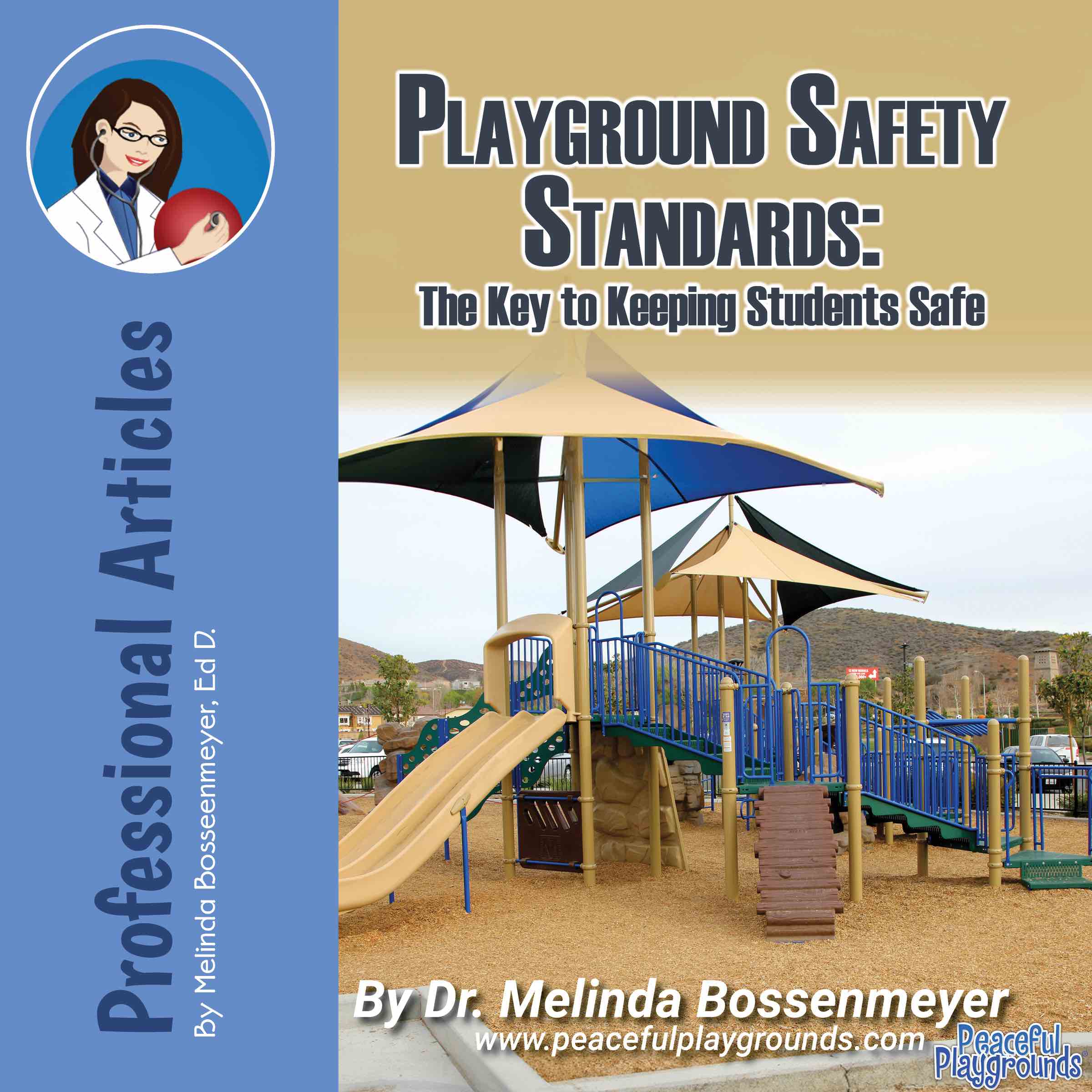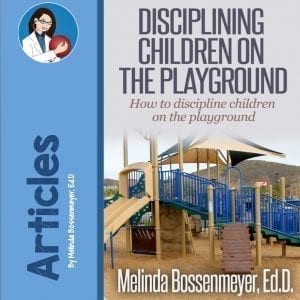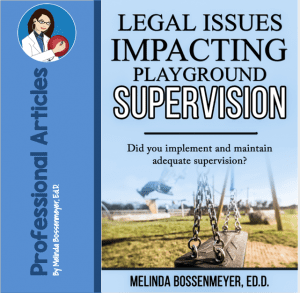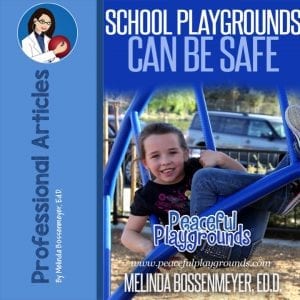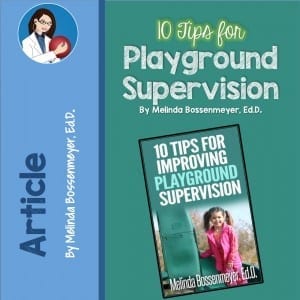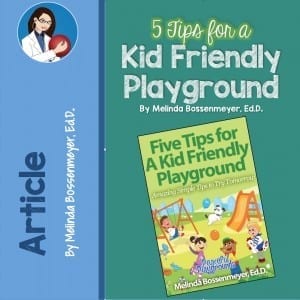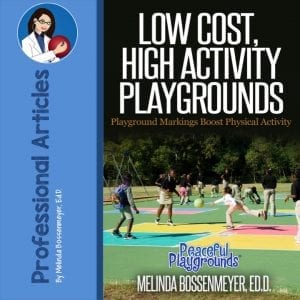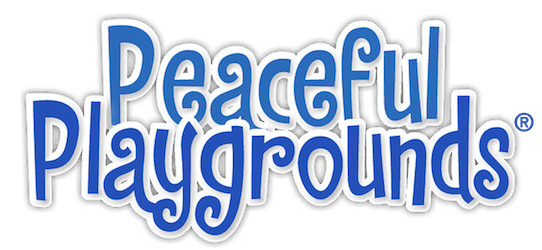How to Write a Successful Playground Grant
by Dr. Melinda Bossenmeyer
When writing a grant for playground equipment (balls, cones, sports equipment etc.) most likely these will be funded through local community grants and have a funding level of between $200-$5000.
Organization: Target Stores
Program/Grant: Community and Team Member Grants
Website: https://corporate.target.com/sustainability-governance/communities/grants-corporate-giving
Purpose: The foundation focuses its grantmaking to local communities around stores.
Funding Cycle: Feb-Dec or while funds last
Amount: $25-500 gift cards
Eligibility: Section 501(c)(3) non profit

Community Grants
Make a list local stores who fund community grants. When you identify these community stores/organizations or business you want to approach for funding visit the organization/business in person and request to speak to the store manager. Some stores provide gift cards as opposed to cash so that you can purchase the needed supplies/equipment. This grant overview is presented as sample of a store and/or businesses that funds local community grants. A list of over 50 funders who will provide schools with funds for playgrounds, physical education equipment, recess equipment, sports equipment, garden grants, shade structure grants, and nutrition grants can be found here: https://peacefulplaygrounds.com/playground-and-garden-grants/ Below is a sample of one such community grant.
Planning & Gathering Needed Information
When writing a community grant the following information should be gathered ahead of time. Begin by researching the grant requirements which are typically listed on a website or the website will provide a form to enter information into.
- School demographics
- Number of students in School
- Number of students on free/reduced lunch program
- Number of title one students
- Ethnic makeup of school
- Identify students' needs related to the grant you're applying for.
- Prior approval of your principal/administrator.
- Prior approval of district office may be necessary for grants over $1000.
- District tax ID.
- (Your organization should be a 501 3C in most all cases to apply.)
- Social Media sites for your school
- School website, address, phone and administrator's name
Begin Writing the Grant
Use a word document so that you can cut and paste items into the grant with the gathered information above and make sure to follow the word count limitations for the grant.
- PROJECT DESCRIPTION: Begin with a project description which includes a detailed explanation of the playground project and its goals.
- GOALS: What are the goals of this grant?
- TIMELINE: Summary of grant activities and timeline.
- NEEDS ASSESSMENT: Connect goals to identified student needs.
- STATISTICS: Use statistics to make a stronger case as to why the funder should give you the grant.
- REACH: How many students, families, community members will be affected by this grant?
- BUDGET: Develop a budget and item list with costs to be needed for the grant funding.
- "IN KIND" SERVICES OR CASH: Include any "in kind "services or funds that the school will provide.
- ORGANIZATION/SCHOOL: Background information on the applying organization.
- EVALUATION: Most community grants do not require a complicated evaluation plan but telling the funder how you will measure the success of your grant may be helpful.
Stand Out From the Crowd
Write the grant in a conversational tone/ friendly tone. Check and double check for grammar and usage conventions. Have someone proof-read the grant before submission. Make the grant clear and concise. Include pictures of students and your school site. Building a relationship instead of just asking for money with grant funders, store managers, or business owners will enhance your chances of getting funded. Don't be shy. Do your homework and demonstrate an understanding of the funders priorities before the in person visit.
Apply Today
Taking the first step is often the hardest. Begin by gathering the information to begin writing your playground grant application. Selecting the right funder is as important as writing the grant. Make sure the funder is accepting grant applications then begin writing. Apply to multiple funders when possible. Who knows? You might get two grant applications funded at the same time and usually the applications will be very similar using the same information.
SIGN UP for the Peaceful Playgrounds Newsletter where once a month you can get a listing for updates on grant opportunities. Sign up here: https://peacefulplaygrounds.com/newsletter/
Melinda Bossenmeyer, Ed.D. is an expert witness for school supervision, playground injury cases, physical education, and coaching cases related to supervision. Professional articles by Dr. Bossenmeyer © Peaceful Playgrounds 1998 All Rights Reserved

